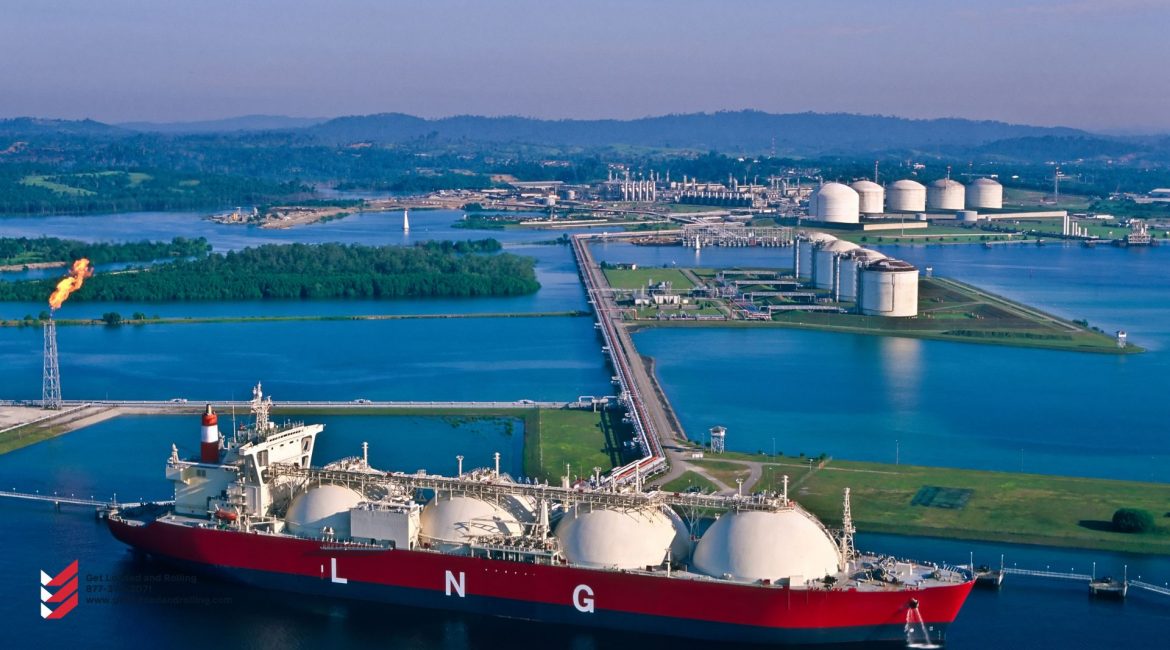The Port of Los Angeles, America’s busiest container gateway, is deviating from the national trend. Container imports into the United States are around record highs, but imports into Los Angeles are decreasing by double digits.
The Port of Los Angeles reported total throughput of 805,672 twenty-foot equivalent units in August, a 15.5% decrease year on year (y/y) on Thursday. Imports totaled 404,313 TEUs, exports totaled 100,484 TEUs, and empties totaled 300,875 TEUs.
Imports were down significantly, falling 16.8% year on year and 16.7% month on month.
It was the lowest monthly import total in Los Angeles since December when volumes were stifled by acute landside congestion.
It was also the lowest August import total in Los Angeles since 2014 when Barack Obama was president and Pharrell Williams’ “Happy” topped the charts.
However, the drop in imports in Los Angeles last month is not indicative of a national trend. According to Descartes’s statistics, US imports were practically flat in August compared to July. The national import total increased by 18% compared to August 2019, pre-COVID. Imports into Los Angeles fell 8% in August compared to August of last year.
Los Angeles’ performance contrasts sharply with the astronomical figures just published by the Port of Savannah in Georgia. In August, Savannah handled 290,915 TEUs of loaded imports, by far the most in the port’s history.
Savannah’s August imports increased 15.6% from July, 14.7% from the previous record month in May, 20% year on year — and 34% compared to August 2019, pre-COVID.
August’s drivers of the decrease
During a news conference on Thursday, Port of Los Angeles Executive Director Gene Seroka cited many reasons for the decrease.
“Some of the freight that normally arrives in August for our fall and winter seasons has already arrived,” Seroka explained. “Cargo owners that anticipated lengthier lead times shipped earlier to ensure delivery timetables.” This just-in-case technique, as opposed to the usual just-in-time approach, has gained popularity in the market.”
Meanwhile, with 8.3% inflation, Seroka stated that “consumers, as well as retailers, are naturally becoming concerned.” We’re starting to see canceled Asian production orders.”
Another explanation for lower August numbers, as evidenced by the soaring Savannah figures: imports have relocated to the East and Gulf coasts at the expense of West Coast ports.
“Some shippers shifted cargos to East and Gulf Coast ports to avoid port congestion and as a potential hedge against West Coast labor contract talks,” Seroka explained. “As a result, those ports have significant backlogs, whereas we have very little congestion here in Los Angeles.”
Another explanation for the dip in August: competition from Long Beach, the port next door. A significant amount of freight was moved from Los Angeles to Long Beach.
When asked why the local shift occurred, Seroka stated, “There are some conversations on the ground between union leadership and the guys over at APMT [APM Terminals] concerning health and safety procedures around the automated area.”
This resulted in a transfer of around 40,000 TEUs from Los Angeles to Long Beach in August, he revealed (that equates to around half of the sequential import drop in August versus July). According to Seroka, the transfer to Long Beach might be much higher this month, ranging from 60,000 to 80,000 TEUs.
He insisted that the change is only temporary and that things will “return back to normalcy between Los Angeles and Long Beach very soon.”
More volume weakness is expected.
Seroka anticipates that the volume decline will continue in the coming months.
“The simple line is that we’re expecting lower numbers in September and throughout the year,” he said. “However, even with this expected weaker traffic in the second half of the year, the Port of Los Angeles is on track to have its second busiest year in history.”
